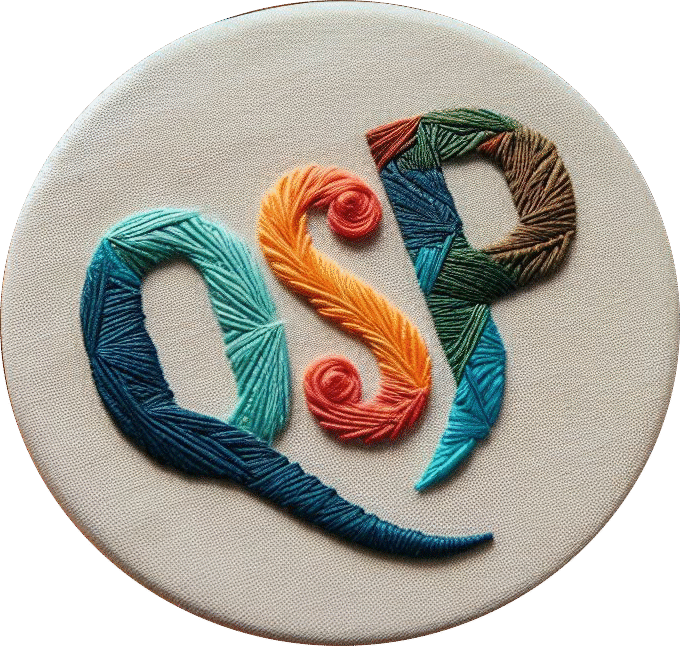A Journey Through Fabric Widths: From Tradition to Textile Innovation
When you walk through a fabric shop or browse an online catalogue, you’ll always notice a particular detail alongside the fabric name and price — the fabric width. While the length is usually cut to order, the width is fixed from the moment the cloth is woven or knitted. This often-overlooked figure holds a lot more meaning than most think. So why do fabrics have different widths? 🤔 The answer is stitched into history, function, and the ever-evolving needs of fashion and interiors.
To answer this question, we must journey back in time. In the days of handloom weaving, the width of a cloth was limited by the weaver’s arm span. The width was literally how far a person could stretch while operating the loom. This is how the 36-inch fabric width became a standard in many parts of the world. It was simple, manageable, and efficient for one person working alone. Even today, in areas where traditional weaving is still practised, 36″ fabrics remain common, especially for regional garments and artisan crafts. 🧶
With the rise of industrial weaving, looms could be built larger and controlled by machines, not humans. This allowed fabrics to be made in wider bolts. As industries evolved, so did their requirements — and widths like 45″, 54″, and 60″ became standardised across various applications. To understand which one is best for your project, a good fabric width guide for home décor and fashion 🏠👗 is essential.
Fabrics don’t come in different widths just for historical reasons. Their end use, the fibre used, the weight, and the function all play a role. For instance, cottons used in dressmaking or quilting are often available in narrower widths like 36 or 45 inches. These are easy to handle and perfect for personal projects. Meanwhile, thicker materials for sofas, curtains, and bedding come in 54 or 60 inches — ideal for broader coverage with fewer seams.
This leads us to the question many crafters ask: what’s the difference between 45 and 60 inch fabric?
Let’s take a closer look at each width:
🪡 The 36-inch width is popular among traditional artisans and in regions with strong handloom heritage. It’s perfect for detailed, small-scale work such as patchwork, children’s clothing, or cultural garments. It’s compact and fits on any home sewing table. However, it might not be suitable for wide patterns like long skirts or dresses unless you’re comfortable with extra seams.
✂️ The 45-inch width is widely considered the all-rounder. It is the standard fabric width for sewing projects in many parts of the world. From poplin and chambray to quilting cottons, you’ll find this width everywhere. It allows for most bodice and trouser pieces to be cut without additional seams, especially for casual clothing. If you ever change from 60″ to 45″, or vice versa, make sure you know the difference between 45 and 60 inch fabric — it affects how much fabric you’ll need and where the seams will go.
🛋️ The 54-inch width is where we enter the world of interiors. Curtains, cushions, slipcovers, and upholstery fabrics tend to come in this size. Wider fabric means fewer joins across long stretches of fabric, making your projects neater and more professional. This is especially helpful for large soft furnishings or stage curtains. If you’re working in the home décor industry, this is your go-to size, and any reliable fabric width guide for home décor and fashion will highlight this dimension.
👚 The 60-inch width is the darling of the fashion world. Found in everything from stretch jersey to satin, this width is ideal for larger garments like gowns, coats, and activewear. Designers favour it because it reduces the number of seams and gives more freedom in how patterns are laid out. It’s especially valuable in commercial sewing where cutting efficiency matters. Whether you’re sewing a bridal gown or yoga trousers, knowing why do fabrics have different widths can help you choose the perfect roll for your needs.
💰 But it’s not just about the shape or look of a garment — it’s about cost. A wider fabric might be more expensive per metre, but you usually get more surface area. For example, two metres of 60″ fabric might equal nearly three metres of 45″ fabric in surface area. When you think in terms of material efficiency, this matters a lot — especially if you’re buying in bulk or trying to minimise waste. That’s why understanding the standard fabric widths for sewing projects is a smart financial move.
🌍 Regional standards vary, so be mindful when sourcing fabric internationally. In the UK and Europe, widths are often listed in centimetres — common sizes include 90 cm, 112 cm, 140 cm, and 150 cm. In the US, it’s inches — typically 36″, 45″, 54″, or 60″. In India or Africa, handloom fabrics may still be produced in narrow widths such as 36 or 44 inches. For all these cases, a good fabric width guide for home décor and fashion is invaluable.
Another important aspect is the difference between total width and usable width. The selvage (the finished edge of a fabric roll) may not be part of the area you can actually cut and sew. When buying online, this can cause unexpected surprises if it’s not clearly stated. That’s one more reason why knowing why fabrics have different widths isn’t just for experts — it’s crucial for anyone who sews, crafts, or designs.
To sum it up, the next time you pick up a bolt of fabric, don’t just think about the colour, texture, or price. Look at the width. Ask yourself if it’s the best fit for your pattern, your workspace, and your sewing goals. Understanding the difference between 45 and 60 inch fabric or choosing the right size from a fabric width guide for home décor and fashion can make your sewing life so much easier — and your projects even more beautiful. 🧵✨


Deja una respuesta